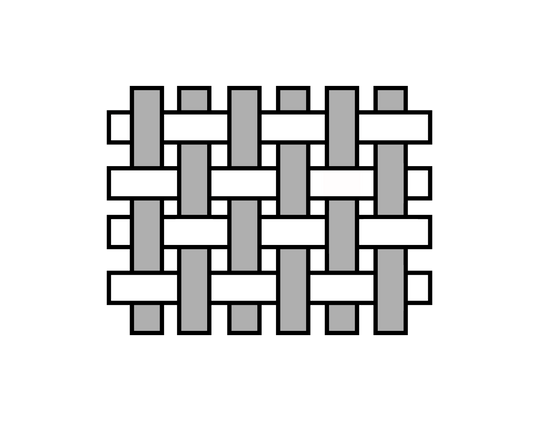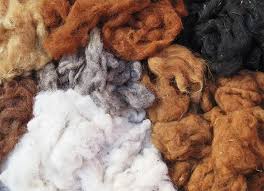
Description and Properties of Satin

Known for its smooth and lustrous appearance resulting from its unique weave structure, satin has a silky front while its reverse side remains dull. Its slippery surface makes it prone to snagging and tearing, requiring delicate handling.
- Smooth and Shiny : The satin surface reflects light intensely, providing an incomparable shine.
- Slippery Texture : Although visually appealing, this characteristic makes satin difficult to work with.
- Snag Susceptibility : The fabric's delicacy makes it vulnerable to snags, which can compromise its integrity.
Types of Satin

Satin comes in several variations, each with unique qualities suitable for various applications:
- Corkscrews : A repeating satin weave drapery, used primarily for curtains and decorative accessories.
- Satin Crepe : Fabric with a non-smooth grained surface, often used for garments that require a more subtle texture.
- Damask : Satin weave decorated with square or floral patterns, ideal for luxury items and interior decoration.
- Duvetine : Soft fabric with a woolen face, often chosen for comfortable winter clothing.
- Moleskine : Cotton fabric with one satin side and one twill side, used in the manufacture of durable and elegant clothing.
Choose Satin

The use of satin in haute couture not only ensures a luxurious aesthetic but also a strong presence in any garment or decor. Its shine and texture visually enrich creations, making each piece a work of textile art.






